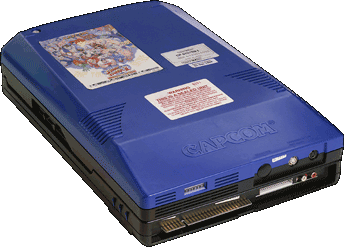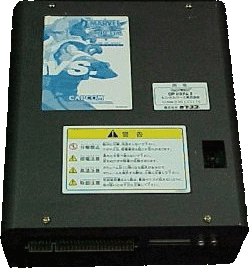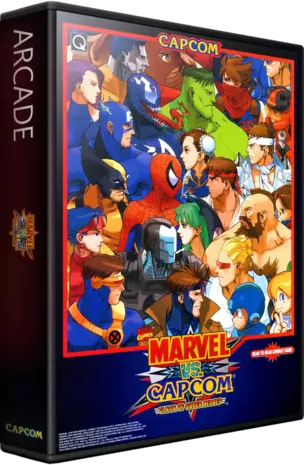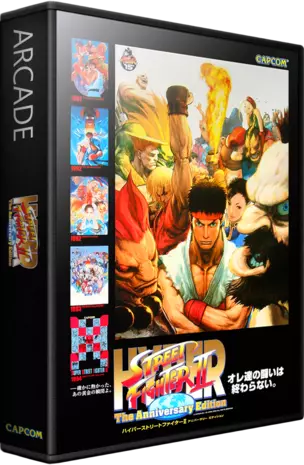Presentation :
The CP System II or CPS-2 is an arcade system board that Capcom first used in 1993 for Super Street Fighter II. It was the successor to their previous CP System and Capcom Power System Changer arcade hardware and was succeeded by the CP System III hardware in 1996.


History :
The earlier Capcom system board, the original CP System (or CPS-1), while successful, was very vulnerable to bootleggers making unauthorized copies of the games. In order to rectify the situation, Capcom took the CP System hardware (with QSound) with minimal changes and employed encryption on the program ROMs to prevent software piracy. Due to the encryption, the system was never bootlegged until unencrypted program data became available.
The CP System II consists of two separate parts; the A board, which connects to the JAMMA harness and contains components common between all CP System II games, and the B board, which contains the game itself. The relationship between the A and B board is basically the same as that between a home video game console and cartridge. CP System II A and B boards are color-coded by region, and each board can only be used with its same-colored mate. The exception to this is that the blue and green boards can be used together.
The B boards hold battery-backed memory containing decryption keys needed for the games to run. As time passes, these batteries lose their charge and the games stop functioning, because the CPU cannot execute any code without the decryption keys. This is known to hobbyists as the "suicide battery". It is possible to bypass the original battery and swap it out with a new one in-circuit, but this must be done before the original falls below 2V or the keys will be lost.
Consequently the board would just die anyway, meaning even if used legally it would not play after a finite amount of time (Unless a fee was paid to Capcom to replace it).
Due to the heavy encryption, it was believed for a long time that CP System II emulation was next to impossible. However, in January 2001, the CPS-2 Shock group was able to obtain unencrypted program data by hacking into the hardware, which they distributed as XOR difference tables to produce the unencrypted data from the original ROM images, making emulation possible, as well as restoring cartridges that had been erased because of the suicide system.
In January 2007, the encryption method was fully reverse-engineered by Andreas Naive and Nicola Salmoria. It has been determined that the encryption employs two four-round Feistel ciphers with a 64-bit key. The algorithm was thereafter implemented in this state for all known CPS-2 games in MAME.


Technical Specification :
Main Processor
- Motorola 68000 clocked 16 MHz
- Adress Bus : 24 bit
- Data Bus : 16 bit
Audio
- Zilog Z80 clocked 8 MHz
- QSound chip clocked 4 MHz
- Zilog Z80 clocked 8 MHz
- Stereo
- 16 channel PCM
Display
- Color : 32 bit
- Simultaneous color : 3072
- Color number per objet : 16 (4 bits per pixel)
- Objet number : 900 (16 x 16 pixels)
- scrolling plan : 3
- Resolution : 384 x 224









